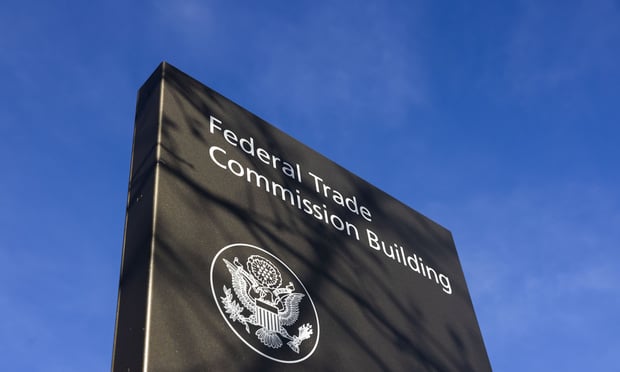Should electronic disclosure requirements for employee benefitplans be changed? The answer is yes. And no. And maybe so.
|Earlier this month the Employee Benefits Security Administrationleg of the Department of Labor solicited advice from industryprofessionals on changes they think should be made to thiscompliance issue.
|In a statement, EBSA Assistant Secretary of Labor Phyllis C.Borzi said, “Some workers and retirees may not be sufficientlycomputer literate to receive information electronically or havereasonable access to the Internet, and others may simply prefertraditional paper disclosure.”
|But she acknowledged that electronic disclosure of informationcould be just as effective as paper, and that distributing moreplan information electronically could save employers and serviceproviders money.
|Under ERISA requirements, plan information, such as summary plandescriptions, benefit statements and COBRA notifications, can bedistributed electronically to employees who have Internet access atwork and those who have signed a consent form accepting electronicinformation. Anything sent electronically also must be sent in asecure format in order to be HIPAA-compliant.
|But as technology expands, it seems the DOL is wondering if it’snow time for an update in how or what content can be distributedelectronically.
|Commenting on the public forum,James McDonald said, “Whether the employees have access to acomputer shouldn’t matter since these employees can call the 1-800number and have the information they are requesting explained tothem or mailed to them. This is no different than enrollments for401(k) plans or health and welfare plans.” McDonald said thatcompanies waste thousands of dollars sending out these disclosuresthat “end up in the trash when they could access online or call theHR contact center or third-party provider and have the informationexplained to them or sent by mail.”
|Benefits consultant Linda Miller said she is in favor changingrules “to permit plan sponsors to provide a postcard or othernon-electronic notice of the availability of [a summary plandescription] notifying the individual of the availability of anelectronic copy AND their right to receive a printed copy uponrequest.”
|One issue has been whether enough employees have access toInternet to be able to receive more electronic notices.
|Sharon Veronica Fox with Citizens National Bank in Athens, Ga.,said, “While we are being thrown into the electronic age, theaverage employee has little access to computer expertise,” and saysthat employees should be given the option of choosing whether theyreceive any statements in electronic form.
|Vanessa Johnson, president of VLJ Ventures, a human resourcesand legal consulting firm, said that while accessibility for someemployees is an issue, “I think it is becoming less of an issue,especially considering the accessibility of most Web-basedinformation via mobile devices and the increasing availability offree internet access in public locations, such as restaurants,retail establishments and public libraries.”
|For employees that don’t readily have access to the Internet,companies have found ways to deal with it.
|“Generally, employers offer employees the options either to havepaper copies of the disclosures mailed to their homes or to requestpaper copies from benefits personnel at their work locations.Additionally, many benefits departments continue to maintainphysical bulletin boards in common areas at work locations, due toother regulations that do not allow electronic disclosures,”Johnson said.
|Johnson said she would like to see regulations that further afull transition to electronic disclosures by eliminatingrequirements like affirmative consent to receive documentselectronically, implementing “opt-out” instead of “opt-in” rules,relaxing the electronic delivery standard from the ‘integral partof the employee’s duties’ standard to a ‘reasonable access’standard, and expanding the array of electronic media allowed tosatisfy the disclosure requirements.
|Gloria Gillespie with National Health Administrators Inc. inWoodstock, Ga., said on the public forum that companies areoverburdened with disclosure notices. She suggests allowing moreinformation to be disclosed at one time to avoid sending numerousnotices.
|She added, “[The] DOL needs to permit an easy, quick andeffective way of keeping employees informed of their benefitsrights. Written copies are not mailed out to retirees. Retirees andactive employees alike are expected to go online for theiranswers.”
|Karen McLeese, vice president of Employee Benefit RegulatoryAffairs for CBIZ Benefits & Insurance Services, says the areaneeds to be reviewed as “the whole concept of electronic media isevolving.”
|She believes that flexibility is the key to the issue. Whilemore people are using and becoming comfortable using Internet, shesays that it’s important that employees who might not have accessto email or the Web are able to get the information they need.
|“There should be options,” Karen said, such as getting theinformation in print form.
|Have an idea? Comments will be accepted on the Department ofLabor website through June 6.
Complete your profile to continue reading and get FREE access to BenefitsPRO, part of your ALM digital membership.
Your access to unlimited BenefitsPRO content isn’t changing.
Once you are an ALM digital member, you’ll receive:
- Critical BenefitsPRO information including cutting edge post-reform success strategies, access to educational webcasts and videos, resources from industry leaders, and informative Newsletters.
- Exclusive discounts on ALM, BenefitsPRO magazine and BenefitsPRO.com events
- Access to other award-winning ALM websites including ThinkAdvisor.com and Law.com
Already have an account? Sign In
© 2024 ALM Global, LLC, All Rights Reserved. Request academic re-use from www.copyright.com. All other uses, submit a request to [email protected]. For more information visit Asset & Logo Licensing.








